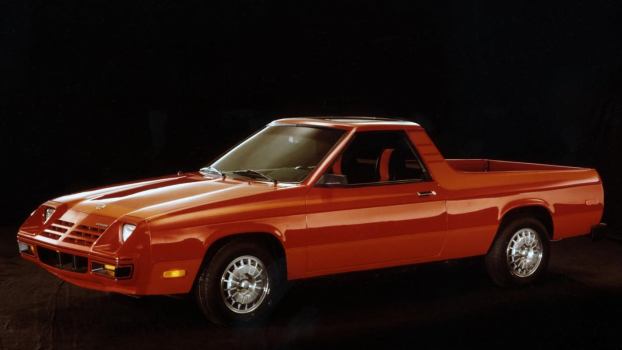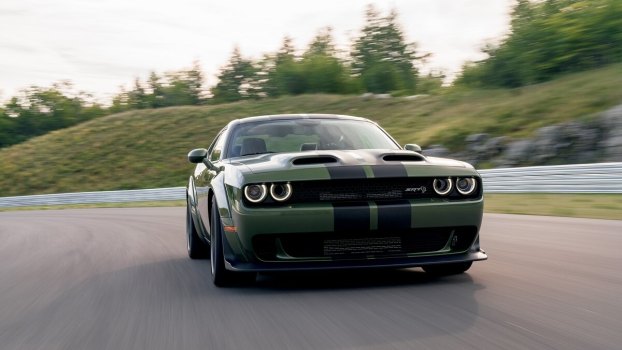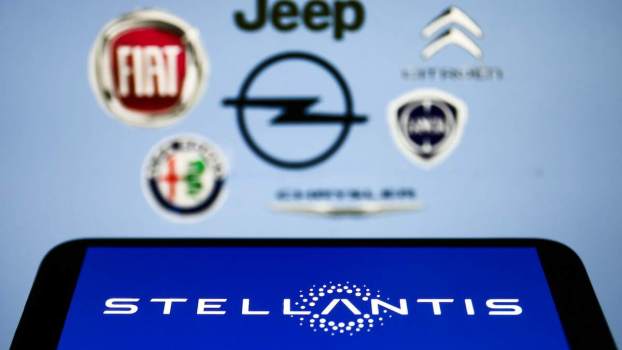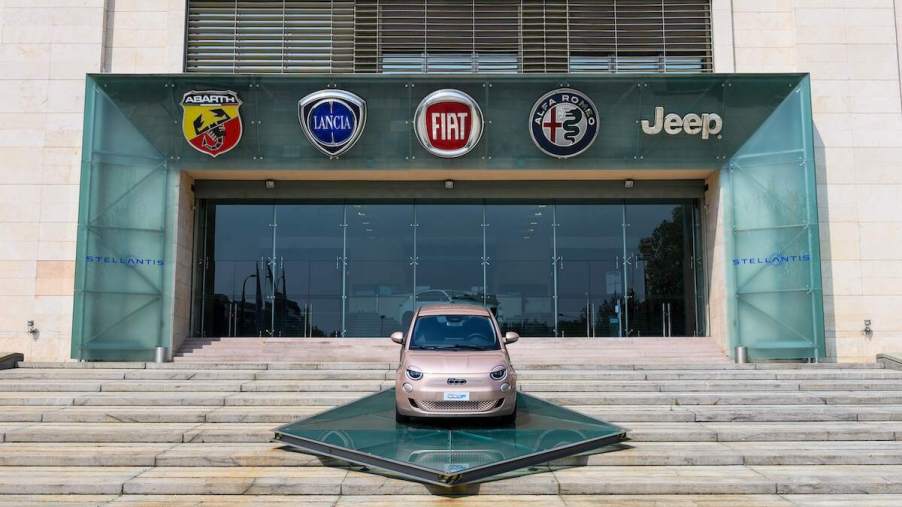
12 Car Brands Owned by Stellantis
The automotive industry is competitive and dynamic. In the past decade, it has seen partnerships, mergers, acquisitions, and separations of various car manufacturers. Keeping track of who owns what can be challenging. However, 12 major brands are owned by one company: Stellantis.
In 2021, Stellantis became the latest entity to grow into an automotive supergroup. Overseeing numerous car brands, the corporation is poised to compete with auto giants like Ford and General Motors. Here’s how Stellantis transformed into a major player and the owner of a dozen car brands.
How did Stellantis become a major automaker?
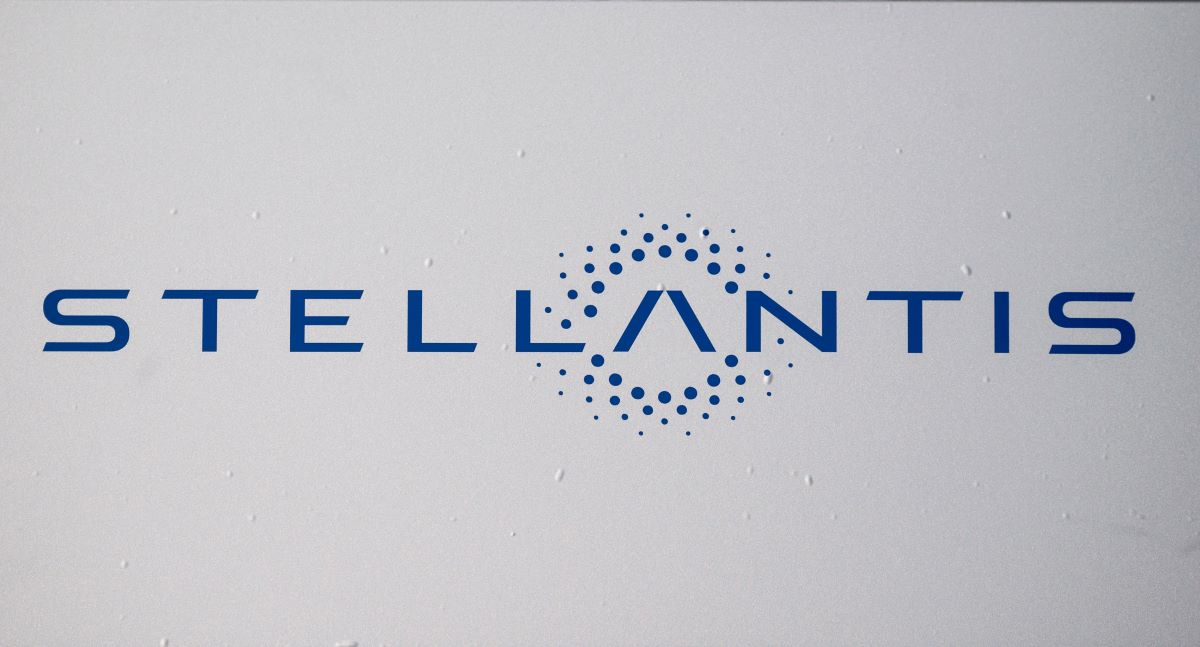
Stellantis became a significant player in the auto industry relatively recently. Fiat Chrysler Automobiles (FCA) began seeking a merger with the French carmaker Renault, reaching a provisional agreement with the company. However, several factors prevented the consolidation, including the French government’s behavior during negotiations and Nissan’s concern about FCA’s alliance proposal with Renault.
FCA subsequently abandoned its quest for Renault and sought Peugeot S.A., and both parties agreed to a merger in December 2019. Their unification would create the world’s fourth-largest automaker, with annual cost savings on global vehicle sales estimated at $4.2 billion.
The European Commission approved the merger on Dec. 21, 2020, and shareholders followed suit on Jan. 4, 2021, with FCA being the surviving company. Shares began trading under the symbol “STLA.” On Jan. 17, 2021, the company began doing business as Stellantis, although the individual brands would continue with their logos and names.
According to Stellantis, the corporation’s name is a Latin word derived from “stello,” meaning “brighten with stars.” The company announced in 2021 that it would shift to manufacturing electric vehicles and create a plan to avoid the expected car battery shortage.
What are the 7 Stellantis brands that sell cars in the U.S.?
Stellantis owns the following seven car brands that make and sell vehicles in the United States:
- Alfa Romeo
- Chrysler
- Dodge
- Fiat
- Jeep
- Maserati
- Ram
Due to its famous Hellcat badge, Dodge has developed a vast market in recent years. However, its lineup is aging, and some observers speculate the company might not be able to survive much longer.
Additionally, Stellantis classified Dodge under the generic “American brands category,” banding it with Ram and Chrysler. Therefore, if Dodge wants to endure, it will require serious investment in a new lineup. Luckily, Stellantis CEO Carlos Tavares announced the company would pump funding to its brands for the next 10 years, offering Dodge hope.
Meanwhile, Fiat is slowly dying amid its “affordable electrification” march. Chrysler might be on its deathbed, too. It has survived almost a decade with one minivan whose numbers continue to shrink, and its aging sedans are anything but innovative.
Despite some models disappointing in test drives, Alfa Romeo has raked in profits. The hope is the Stellantis merger will foster solutions that will create a more dependable name for the Italian manufacturer.
Jeep helped keep FCA afloat before the merger. The maker of versatile SUVs like the Wrangler and Cherokee posted solid numbers for years, and Stellantis says it wants to expand on the company’s success. The extra funding makes Jeep’s future look bright.
Last, Maserati slogged through a few years of stagnant sales and aging models, but the MC20 supercar offers hope for a comeback. Reports indicate Stellantis aims to make Maserati an all-EV brand to compete with Tesla, hinting at a sustainable future for the Italian carmaker.
What are the 5 Stellantis brands that sell cars outside America?
In addition, Stellantis owns the following five car brands that manufacture and sell automobiles abroad:
- Citroёn
- DS Automobiles
- Opel
- Peugeot
- Vauxhall
Citroёn is known for cutting-edge experiments that have kept the century-old French carmaker alive in today’s cutthroat industry. Its luxury sub-brand, DS Automobiles, could give Stellantis a segue into premium crossover SUVs.
France’s Peugeot is slated to reenter the U.S. market early this decade. Stellantis could use the world’s oldest car company to ramp up enthusiasm for its overseas marques.
Meanwhile, Germany’s Opel gives Stellantis an avenue into global research and development.
And Britain’s Vauxhall, founded in 1857, lends its expertise in designing family-friendly passenger cars.
